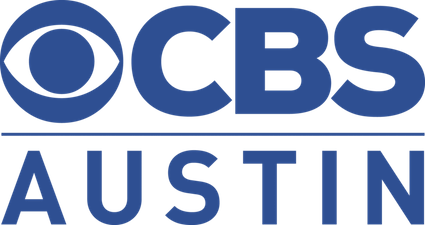
1. How much money is Texas expected to spend on school vouchers?
When Governor Abbott tried to start a voucher program last year, the Legislature estimated it would cost at least
$2 billion per year. Only Florida is spending more than that.
The reason Texas’s plan is so expensive is because Governor Abbott wants a “universal” school voucher program.
Typically, school vouchers are targeted at a specific group: Children from low-income families living near underperforming public schools. Children that need extra special education support, etc. The state spends taxpayer money to help parents send those kids to a private school that better supports their needs.
Universal school choice means the state government will help out any family in Texas that wants to send their kid to private school.
Polling from the University of Houston shows 65% of Texans support it.
2. What decisions have other states made recently on school vouchers?
Voucher spending nationwide has more than doubled
since 2019.
Two years ago, Arizona became the first state with universal school choice. Since then,
11 other states have passed it.
16 others are discussing it in their legislatures.
But universal school vouchers are open to everyone, so it’s tough to predict how many families will sign up. A lot of states have ended up spending much more than they predicted.
So when legislators say Texas’ vouchers will cost at least $2 billion per year, it’s important to put emphasis on “at least.”
3. Can you give us some examples where states have spent more than they estimated on school vouchers?
Arizona is the most famous example.
Their vouchers were only supposed to cost $65 million last year but they spent $332 million, and it’ll be even more next year.
CNN reported the vouchers paid for trips to Sea World, Disney subscriptions, more. Now they’re cutting money from water infrastructure and highway construction to pay for it.
Iowa started a universal voucher program last year.
Two-thirds of the kids that used the vouchers were already enrolled in private school before the program started. So the vouchers made private school more affordable, but they didn’t change the quality of education most kids are getting.
4. So how does that apply to Austin? What sort of impact could we expect here?
Abbott said on social media a
few months ago that in 97% of states with school vouchers, public school funding has increased. He says “no funds from public schools” will go towards vouchers in Texas.
In reality, it’s not that simple. Texas public schools get state funding based on how many students they have. If students start leaving Austin ISD to go to private school instead, that means less funding.
And remember, Texas uses a recapture system that redistributes money from schools with extra funding to give to less wealthy schools. If Austin ISD has less students, the state is likely to say Austin has more money than it needs and take away funding.
Already,
60% of Austin school taxes go to other districts. That number could go up with school vouchers.